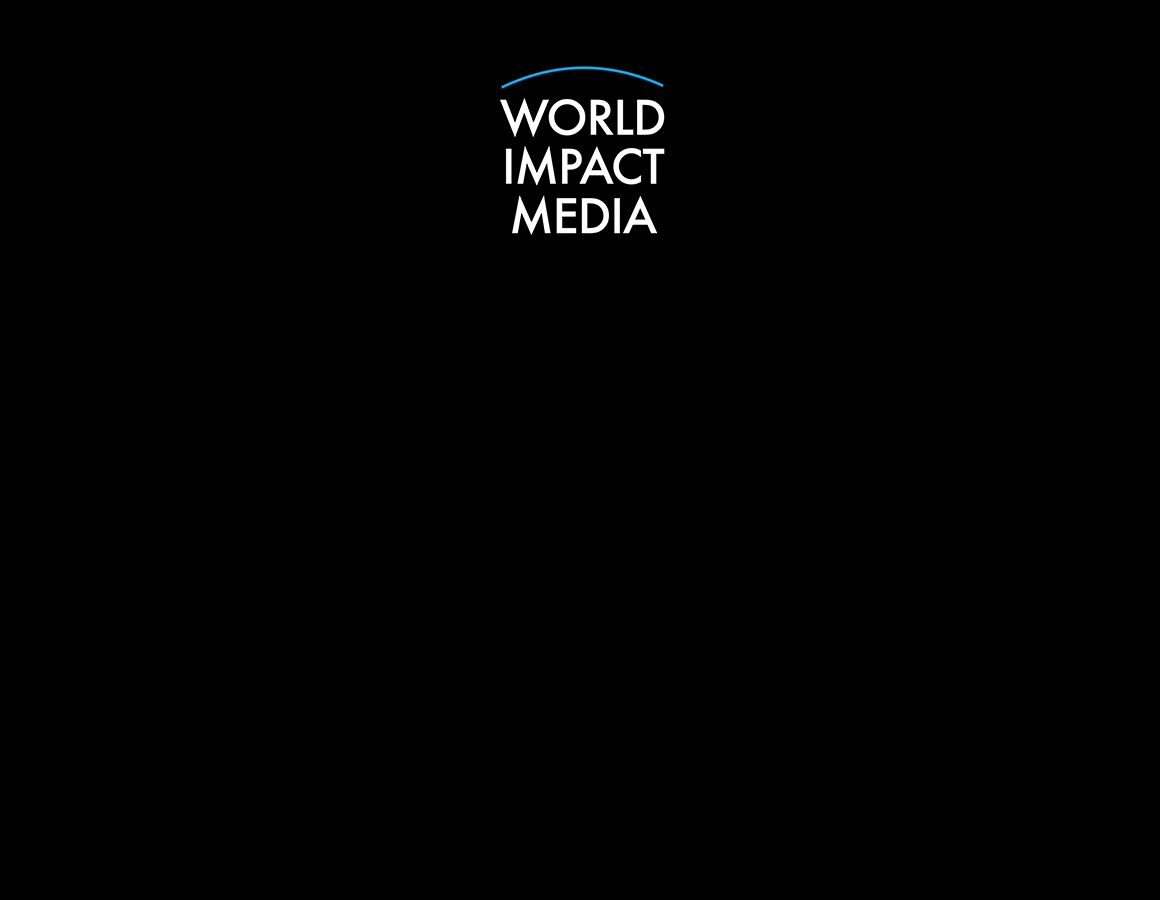As global tensions escalate and the world edges closer to large-scale military confrontation, the U.S. dollar is reacting with both volatility and strength—depending on the nature and scale of the conflict. In times of war or geopolitical instability, the dollar historically behaves as both a safe haven and a strategic tool for economic warfare.
Here’s how the U.S. dollar is currently responding to growing fears of global conflict, and what to expect moving forward.
1. Dollar as a Global Safe Haven
- During major conflicts or global crises, investors typically flee to safety—and the U.S. dollar is the most liquid and trusted currency in the world.
- This demand drives the value of the dollar higher, especially against emerging market currencies and even other major currencies like the euro or yen.
- In 2025, early signs of war buildup have already strengthened the dollar index (DXY), signaling global appetite for U.S. Treasuries and dollar-based assets.
2. Impact of Sanctions and Financial War
- If war involves economic sanctions (like those against Iran, Russia, or China), the dollar becomes a tool for punishment.
- Swift sanctions and dollar-based transaction bans restrict access to global banking systems, giving the U.S. leverage but also pushing adversaries toward alternative systems (e.g., yuan, crypto, or gold).
- Long-term overuse of sanctions may erode global trust in dollar dominance, but in the short term, it boosts demand for the currency due to global dependency.
3. Inflation vs. Strength Debate
- War-driven oil spikes and supply chain disruptions could push U.S. inflation higher, forcing the Federal Reserve to maintain or hike interest rates.
- Higher rates usually strengthen the dollar, but if inflation spirals without growth, it could lead to stagflation, which complicates dollar stability.
4. How Other Currencies Are Responding
- The euro and pound often weaken during international conflict due to proximity to battle zones and economic fragility.
- The Chinese yuan and Russian ruble are under pressure due to isolation and sanctions.
- This reinforces the dollar’s dominance—at least in the early stages of a world war scenario.
5. What to Expect Going Forward
- Short-Term: The U.S. dollar will likely continue to strengthen, especially if capital flows flee from Europe, the Middle East, and Asia.
- Medium-Term: Expect volatility, particularly if the war becomes multi-regional and affects U.S. domestic stability or fiscal health.
- Long-Term: If major economies begin reducing dollar reliance (as China and BRICS nations aim to do), the dollar could face challenges to its reserve currency status.
Final Thought
The U.S. dollar remains the world’s financial anchor in times of chaos. As geopolitical risks surge in 2025, the dollar is surging as a symbol of safety—but it’s also being tested like never before. Whether it remains unshaken depends on how long the war lasts, how the U.S. economy absorbs the shocks, and how global powers reshape the future of money.














